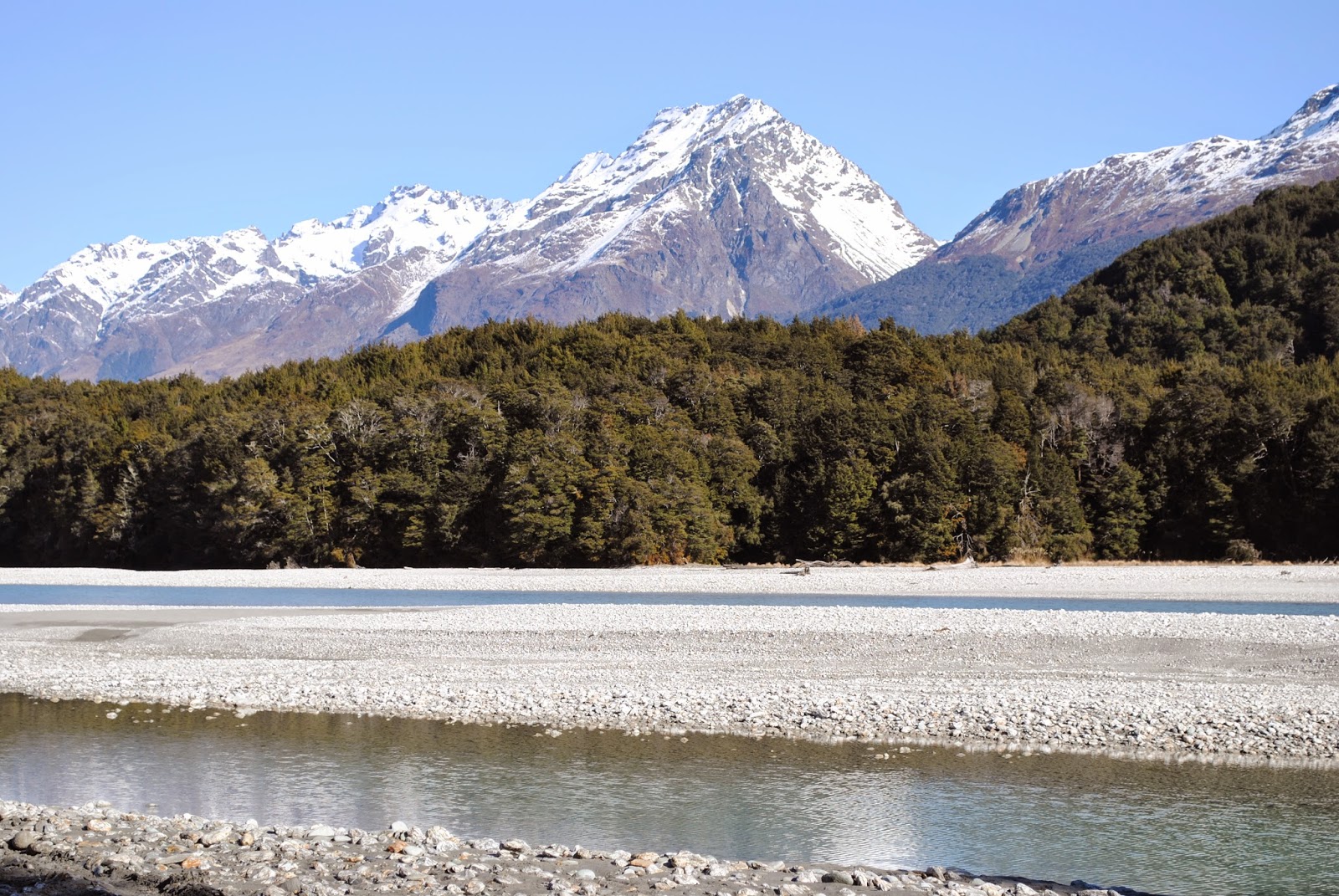Across Lake Ohakuri sits the largest silica terrace in New Zealand. Often mistaken for a lava flow, Kakariki or the Emerald Terrace varies from 20 mm to 20 metres and continues another 35 metres under the lake. The valley of Orakei Korako is virtually unchanged from what it was thousands of years ago. It was formed by hydrothermal eruptions between 8,000 and 14,000 B.C. Some areas of the park are extremely dangerous and unpredictable. The colors created by these forces of nature are surprisingly vibrant and varied. Where the thermal fluids have chemically decomposed the surface to form clay, mud pools are created. The clay is heated by the underground energy source, and boiling mud pools are the result. Ruatapu Cave is one of only two geothermally situated caves in the world; the other is in southern Italy. Waiwhakaata, the pool of mirrors, is seen at the bottom of the cave.
Thursday, August 28, 2014
Orakei Korako
Across Lake Ohakuri sits the largest silica terrace in New Zealand. Often mistaken for a lava flow, Kakariki or the Emerald Terrace varies from 20 mm to 20 metres and continues another 35 metres under the lake. The valley of Orakei Korako is virtually unchanged from what it was thousands of years ago. It was formed by hydrothermal eruptions between 8,000 and 14,000 B.C. Some areas of the park are extremely dangerous and unpredictable. The colors created by these forces of nature are surprisingly vibrant and varied. Where the thermal fluids have chemically decomposed the surface to form clay, mud pools are created. The clay is heated by the underground energy source, and boiling mud pools are the result. Ruatapu Cave is one of only two geothermally situated caves in the world; the other is in southern Italy. Waiwhakaata, the pool of mirrors, is seen at the bottom of the cave.
Huka Falls, Taupo, North Island
The Waikato is one of New Zealand's major electricity-producing rivers. The Waikato River system overall produces 15 percent of New Zealand's power. This area was originally settled by Maori tribesmen who lived and worked in the region for centuries where they made use of the volcanic and geothermal landscape. In the 1870s Europeans arrived and began to settle at the outlet of the Waikato River on the edge of Lake Taupo. Soon the region's attractions gained an international reputation, and today Huka Falls is a major tourist site. Over 200,000 litres of water plunge nine metres over the great rock face of Huka Falls every second. That's enough to fill five Olympic swimming pools every minute. After tumbling over the falls the water picks up masses of air bubbles which create breathtaking colors and give the falls their name after the Maori word for foam.
Dart River
 |
| These Angus cows are destined to be McDonald's burgers. :( |
 |
| This Southern Beech tree is 800 years old |
 |
| Oversized furniture made actors appear hobbit sized |
 |
| We had to wear "splash jackets" because the driver was crazy and we would have gotten soaked |
 |
| Mom |
We
traveled from Queenstown to Glenorchy where we went to Paradise. Yes, Paradise,
New Zealand. A bit of a redundancy if you ask me! The Dart River Valley is
where scenes from many movies have been filmed including Wolverine, The Hobbit and Lord of
the Rings. We took a four-wheel-drive bus tour through the river bed of the
Dart River and then walked into a Southern Beech forest where the ancient Maori
once lived. The beech trees are magnificent, and the nature walk was lovely. After
that, we boarded a jet boat and explored the wonderfully scenic alpine terrain along the Dart
River. The jet boat runs by pulling in water,
which allows the boat to travel through areas in which the river is as low as
two inches in depth. You can hear the gravel hitting the boat's bottom, which our driver called his personal orchestra. The boat travels at high speeds so we saw a huge area in a
short time. Our ride ended where the river meets up with Queenstown's iconic
Lake Wakatipu.
Subscribe to:
Posts (Atom)












































